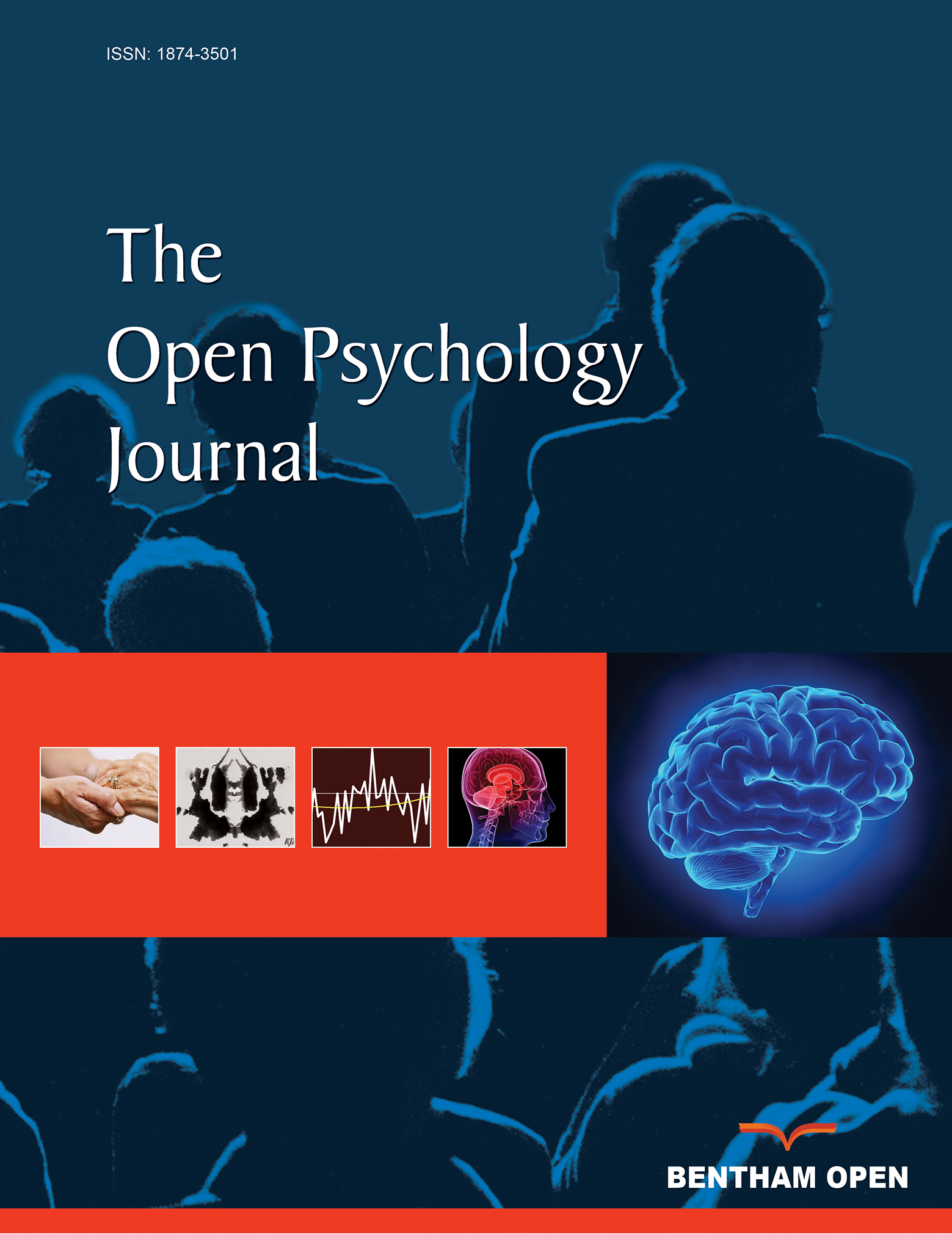All published articles of this journal are available on ScienceDirect.
Patterns of Associations among Resilience, Risk and Protective Factors in Adolescents with Blindness
Abstract
Aims:
Blindness is a bane to humanity globally, and living with blindness is a challenge to anyone – young or old, educated or uneducated, rich or poor. Many countries have high rates of blindness, and Ethiopia is one. The study aims to explore the level of resilience, the extent of risk, and protective factors operating upon blind adolescents in Addis Ababa.
Background:
Resilience can significantly impact the quality of life of humans. Risk-taking and protective factors found in one's environment are significant predictors of resilience, valid even for the blind. The study intends to explore the level of resilience, the extent of risk, and protective factors operating upon blind adolescents in Addis Ababa.
Objectives:
The objectives identified for the study are:
• To assess the risk and protective factors operating upon Adolescents With Blindness (AWB) and establishing the pattern with which risk factors and protective resources relate to each other and predict resilience.
• To investigate the way the type of onset of blindness and some selected demographic variables relate to resilience among AWB.
Methods:
Data for the study were collected randomly from 80 blind adolescents using the Connor-Davidson Resilience Scale, Risk Factors Scale Adolescent Form, and Protective Factors Scale-Adolescent Form. The data were analyzed with t-test, one-way ANOVA, and multiple linear regression.
Results:
Low levels of resilience, presence of higher risk factors and serious lack of protective resources existed among AWB. While risk factors were negatively correlated with resilience, protective factors correlated with resilience positively. The risks and protective resources found in various levels of the environment together accounted for 89.3% of the variance in resilience. Gender, time of onset of blindness, parental education and family income influenced resilience.
Conclusion:
This study presents an all-inclusive picture of the resilience status of AWB’s, the extent of risk and protective factors currently operating upon them under the present context of Addis Ababa. Adolescents having blindness currently living in Addis Ababa are less resilient. They are faced with umpteen risk factors at home, school, neighborhood, community and societal levels.


